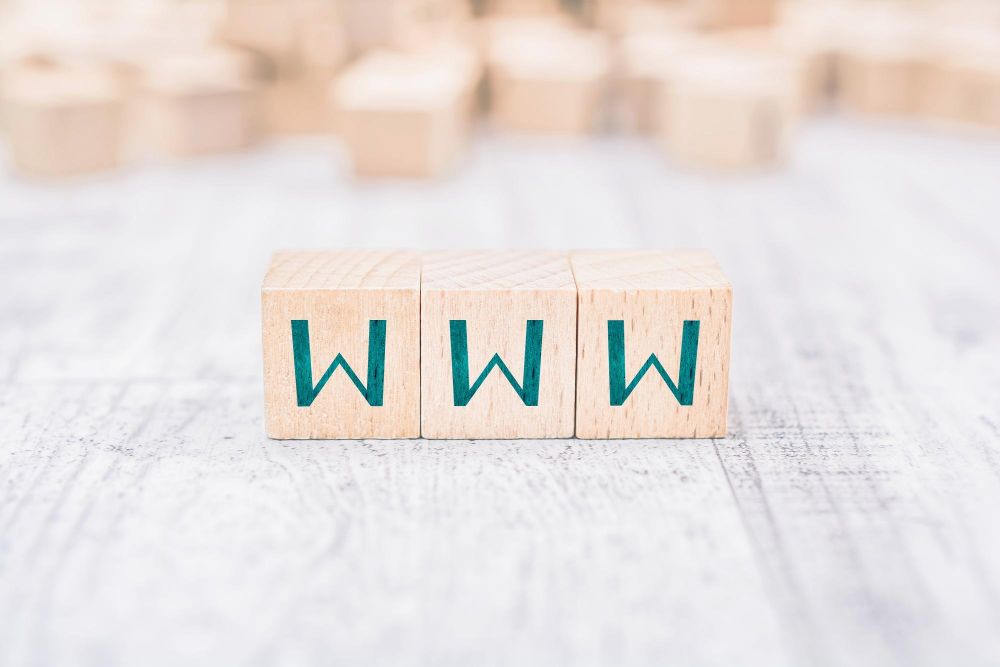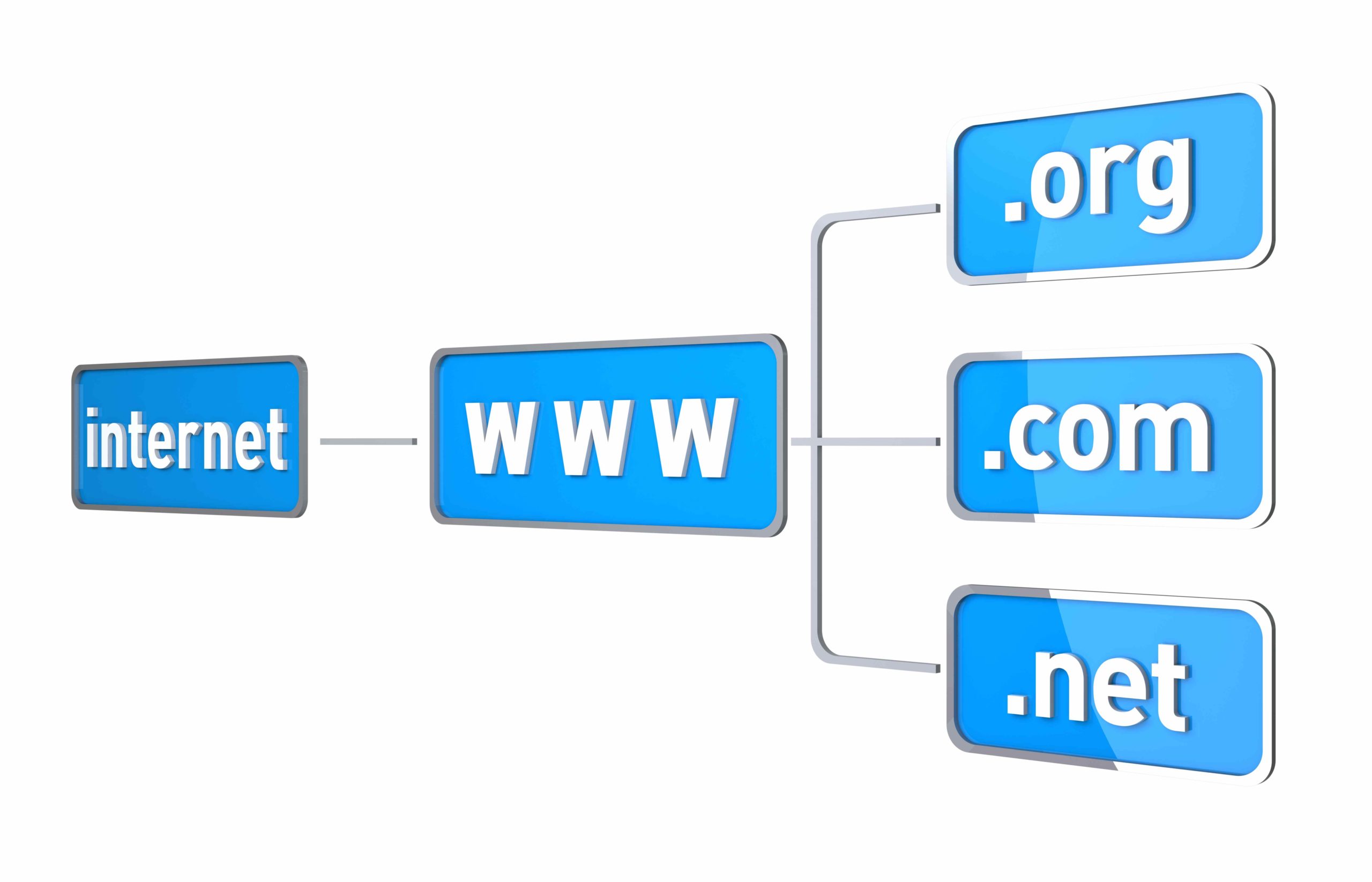
If you’re a website owner, digital marketer, or anyone with an online presence, understanding Spam Score is key to maintaining your site’s health and credibility.
This article simplifies the concept of Spam Score, explains its importance, and clarifies how it impacts active websites.
What is a Spam Score?
Created by Moz, Spam Score rates a website’s spam level by considering 27 different ‘spam flags.’ The higher the number of flags, the higher the assigned score.
While a single flag may not be concerning, reviewing your entire website is essential.
Following Moz’s lead, several tools and services have surfaced, offering Spam Score assessments. These tools can analyze the domain, website, or URL. Keep in mind that different tools consider diverse factors, leading one tool to suggest a high spam score while another may indicate your score is excellent.
Also, don’t forget that Website Spam Score and Domain Spam Score are different metrics, and be careful not to mix them up.
Learn more about Domain Spam Score here: https://quirk.biz/what-is-domain-spam-score/
How to Check an Active Website’s Spam Score?
The most reliable source for checking your active website’s spam score is Moz.
Moz provides various features to assist in monitoring your website’s rankings, keyword density, and overall quality.
Here are some of the factors that Moz checks for when calculating a live site’s Spam Score:
- Domain Authority (DA) and Page Authority (PA): Moz’s metrics measure the strength and authority of a website’s domain and individual pages. To learn the differences between them, read this article.
- Linking Domains: The number of unique domains that link to a website.
- Link Quality: The quality and relevance of the linking domains and the individual links pointing to a website.
- Link Anchor Text: The text used in the hyperlinks that point to a website.
- Social Signals: The presence and engagement of a website on social media platforms.
- On-Page Signals: Factors related to the website’s content, structure, and optimization, such as keyword usage, meta tags, and page load speed.
- Spammy TLDs and IPs: The presence of spammy top-level domains (TLDs) and IP addresses in a website’s link profile.
- Thin Content: The presence of low-quality or shallow content on a website.
- Unnatural Link Patterns: The presence of unnatural or manipulative link patterns, such as link farms or excessive link exchanges.
- Low-Quality Content: The overall quality and relevance of a website’s content, including grammar, spelling, and readability.
- Penalized Subdomains: The presence of subdomains that have been penalized by search engines.
- Redirect Chains: The presence of multiple redirects in a website’s link structure, which can indicate spammy or manipulative practices.
- Low-Quality User Experience (UX): Factors that contribute to a poor user experience, such as intrusive ads, slow page load times, or excessive pop-ups.
- Presence of Malware or Phishing: The presence of malware, phishing attempts, or other security issues on a website.
Is Spam Score a Ranking Factor?
No, the Spam Score is not a direct ranking factor. Major search engines, including Google, do not rely on third-party tools’ metrics for their ranking algorithms.
Nonetheless, a heightened Spam Score might signify potential issues that could affect your rankings, such as unnatural keyword density and an excess of exact match anchors.
Is Spam Score an Important SEO Factor?
Yes, Spam Score is important because it can signal issues with your website. Although it doesn’t directly affect the site’s performance, a high spam score can be a problem in the eventual sale of the site. It may also discourage some of the other webmasters from linking to your site since people are hesitant to link to spammy sites
What You Should Consider When Analyzing Your Website’s Spam Score?
There are a few important signals that you should consider when analyzing your live website’s spam score:
- Large site with few links: When a website has many pages but very few links, it means the content on those pages might not be very good. Search engines see this as a sign that those pages are not valuable and might treat them as spam.
- A low link diversity: This signal shows that most of the links are from just a few websites. For instance, if a website has 500 links, but they all come from only five different sites, it’s seen as having limited link variety. In simpler terms, if those 500 links come from just five sites, this signal applies.
- Low anchor text diversity: Using particular keywords as link labels won’t significantly boost your page’s ranking. It’s better to use a mix of various anchor text to make sure your links work effectively. Websites that get linked to naturally often have many links with their brand names as link labels.
- Low-quality content: Since Google introduced its BERT algorithm, websites need to improve their content quality. The search engine wants to ensure users get the best answers to their questions. Also, with lots of content available, visitors are seeking detailed and trustworthy information.
- Low number of internal links: If a website has many useful pages and content, it’s more likely to have a lot of internal links. These links also make it easier for users to explore the website, showing that it offers a good experience. Websites with very few internal links might be seen as spammy.
What Quirk Biz Experts Think of Spam Score as a Metric?
At Quirk Biz, we don’t think Spam Score is a reliable metric.
Regarding Moz’s performance, some of their characteristics make sense.
For example:
- Large Site with few links
- Low link diversity
- Minimally branded anchor texts
- Thin content
- The low number of internal links
However, we believe that many of the other factors included in their spam score algorithm don’t really affect the ranking of the website, such as Facebook Pixel or a LinkedIn account. This doesn’t mean that these are not important signals to search engines (i.e., social media profiles are considered good signals), but they don’t directly affect your ranking.
To summarize – if your site triggers Moz’s spam algorithm, definitely do a check and see what is going on, but don’t blindly rely on it.
Problems Associated With Live Website Spam Score
If you have a high website spam score, you could be facing a lot of serious problems:
Lack of Authority
A high spam score may reduce Moz Domain authority, which, even though it is not a ranking factor, can have a negative influence on your website. For example, if you plan to sell your website at some point, having a high DA will significantly increase the price.
Furthermore, gaining organic links will be more difficult because people don’t want to link to sites with low DA.
Inefficient Link Building
Frequently, a high spam score can lead to an inefficient link-building strategy, resulting in links that aren’t effective in increasing a website’s visibility. This can be a major setback for businesses seeking to rank better on search engines.
Spam score may be a signal for other bigger issues
Even though the spam score by itself is not a ranking factor, some of the data points that it uses may influence your ranking, so it is worth checking why your website raises spam flags.
Conclusion
Understanding and managing Spam Score is vital for maintaining a reputable and high-performing website. While it may not directly impact your site’s search engine rankings, it serves as a valuable indicator of potential issues that could harm your online presence.
By addressing high Spam Scores and optimizing your site accordingly, you can enhance user trust, site authority, and overall SEO effectiveness. Keep Spam Score on your radar as an essential tool for navigating the dynamic digital landscape.

































































